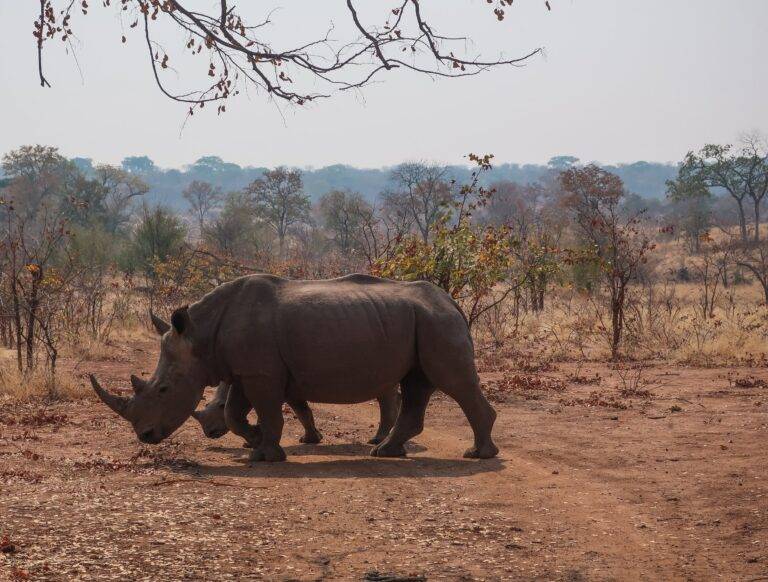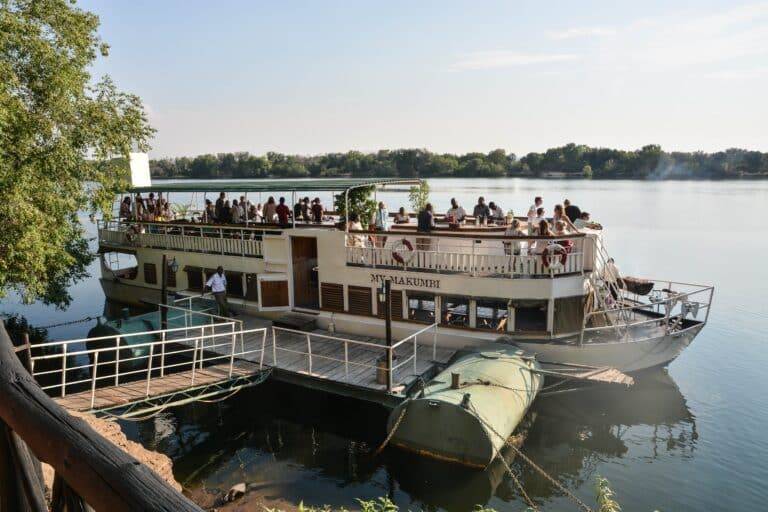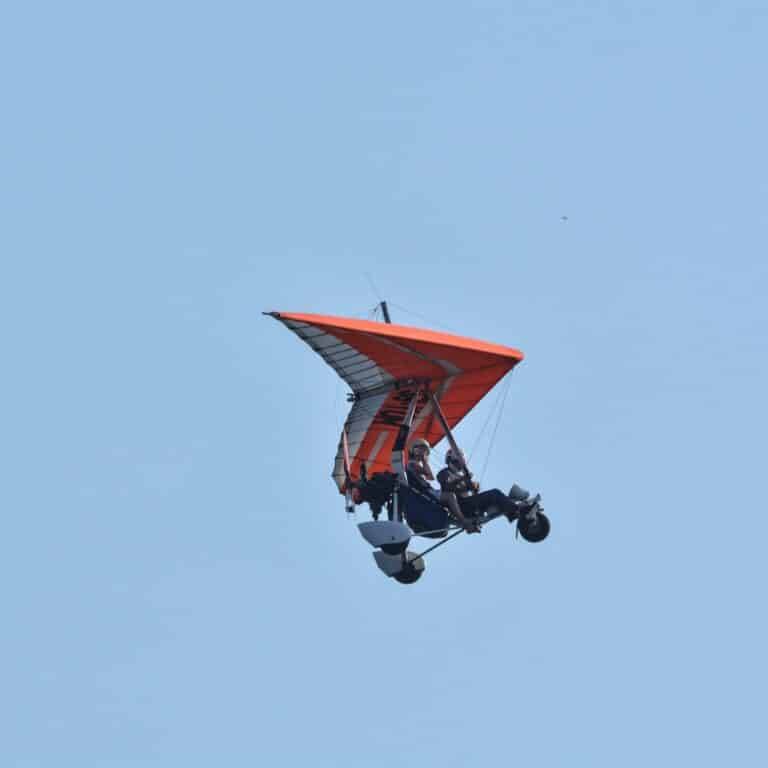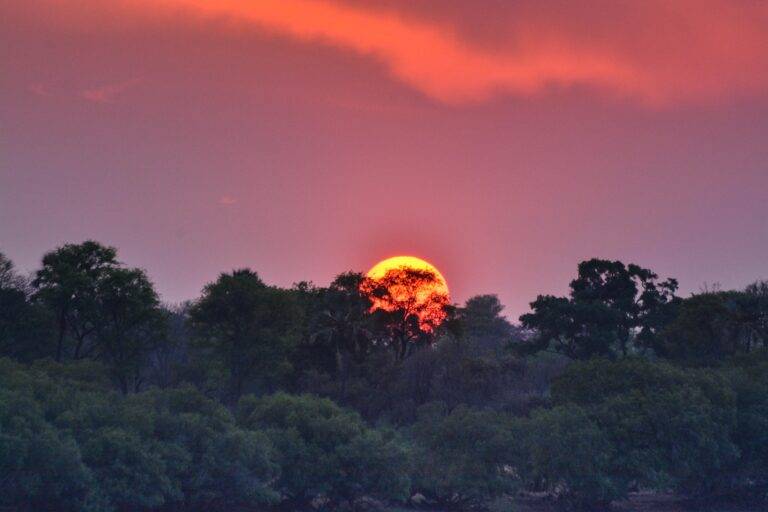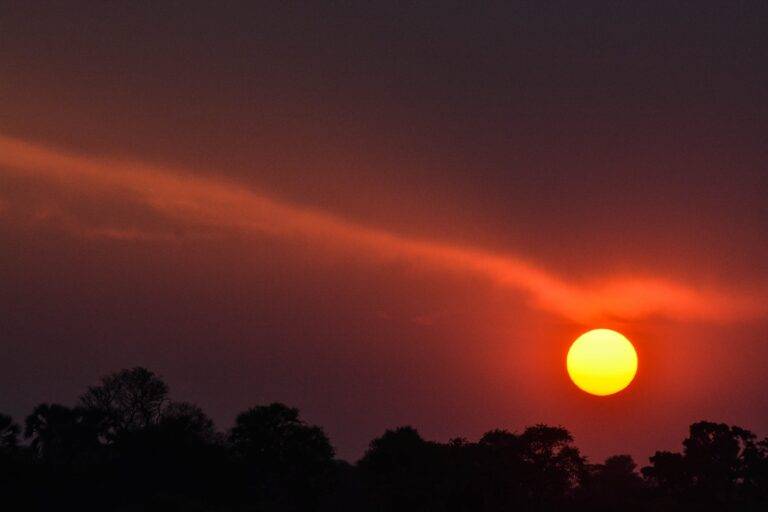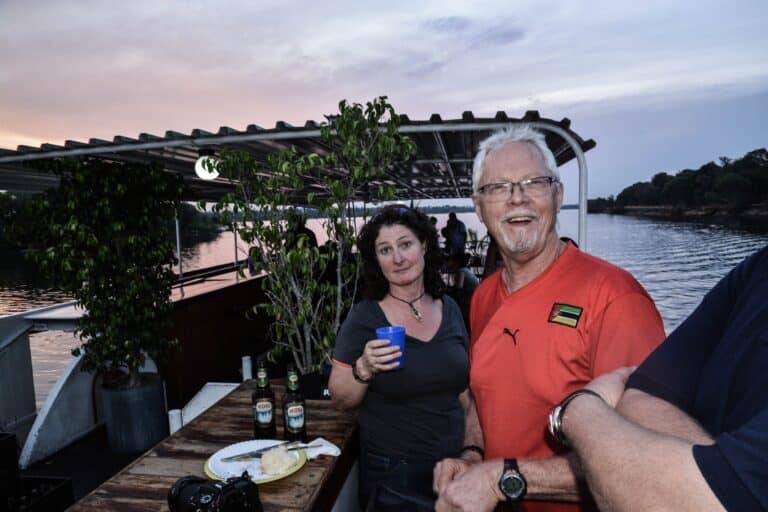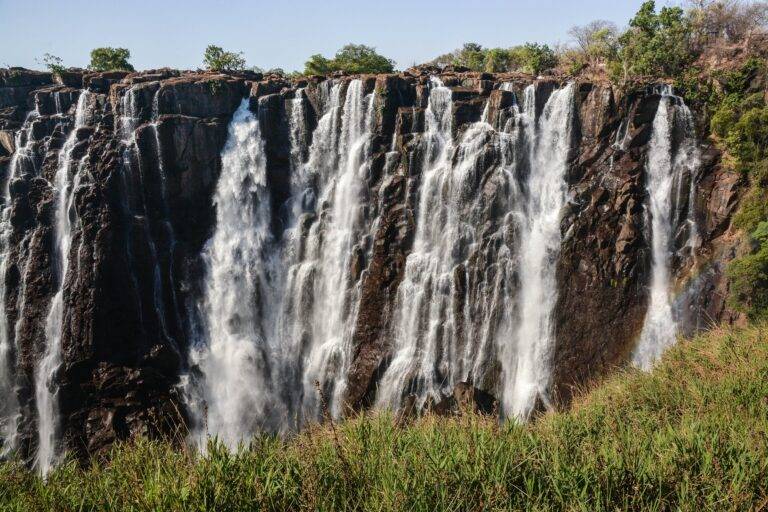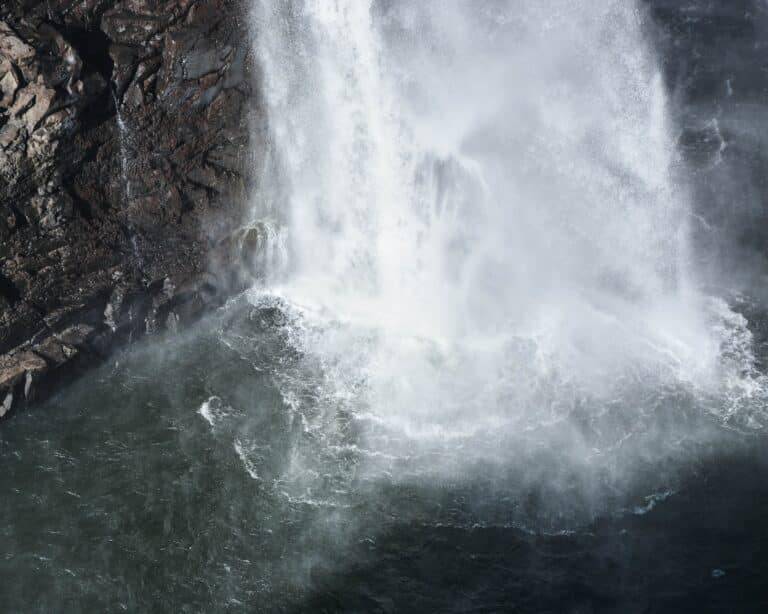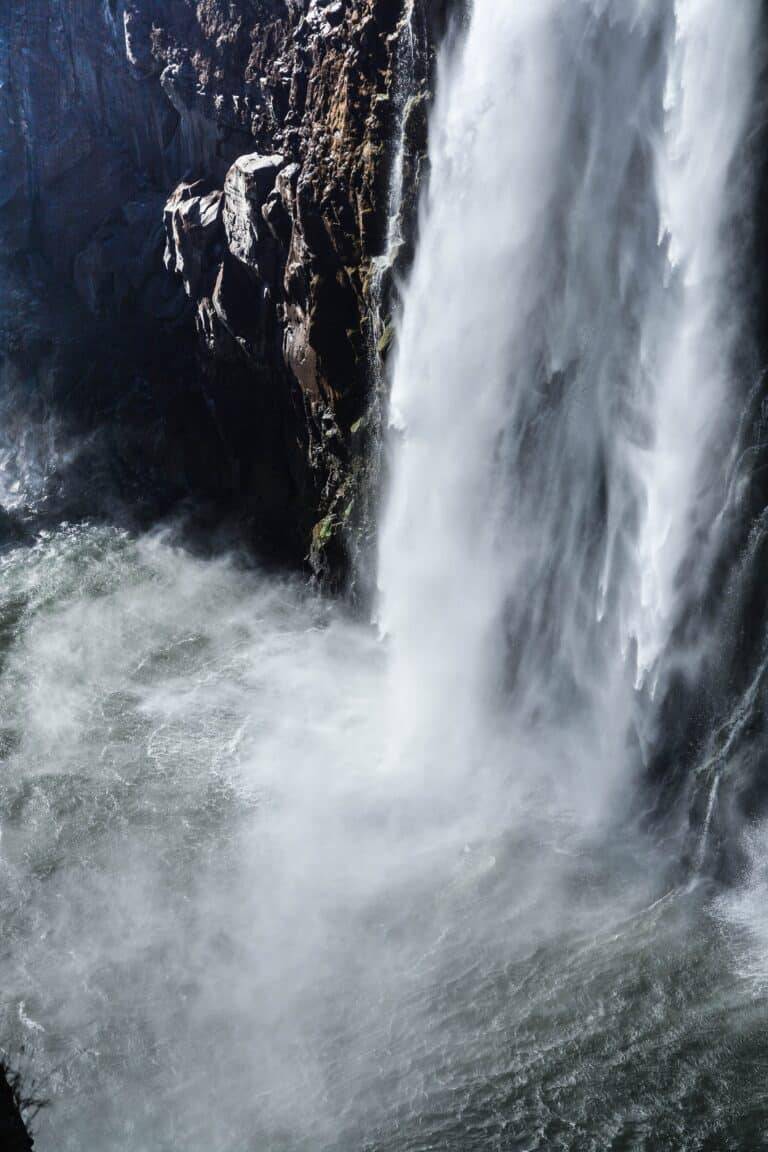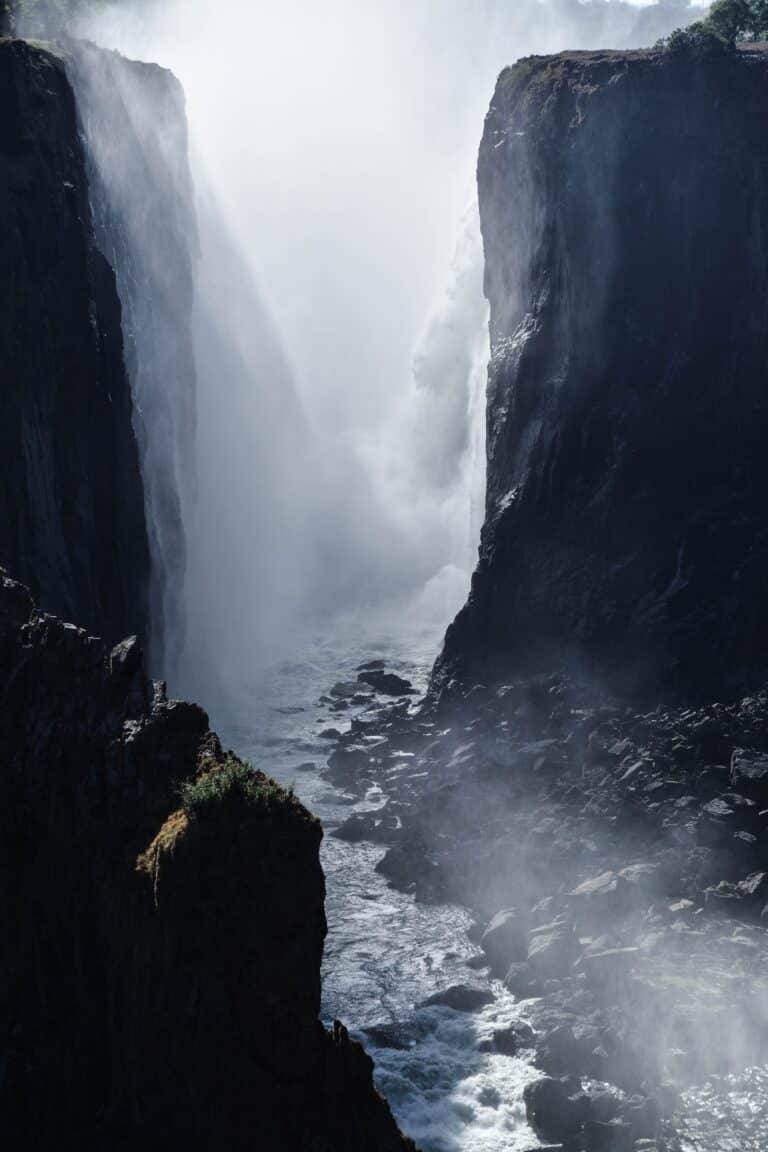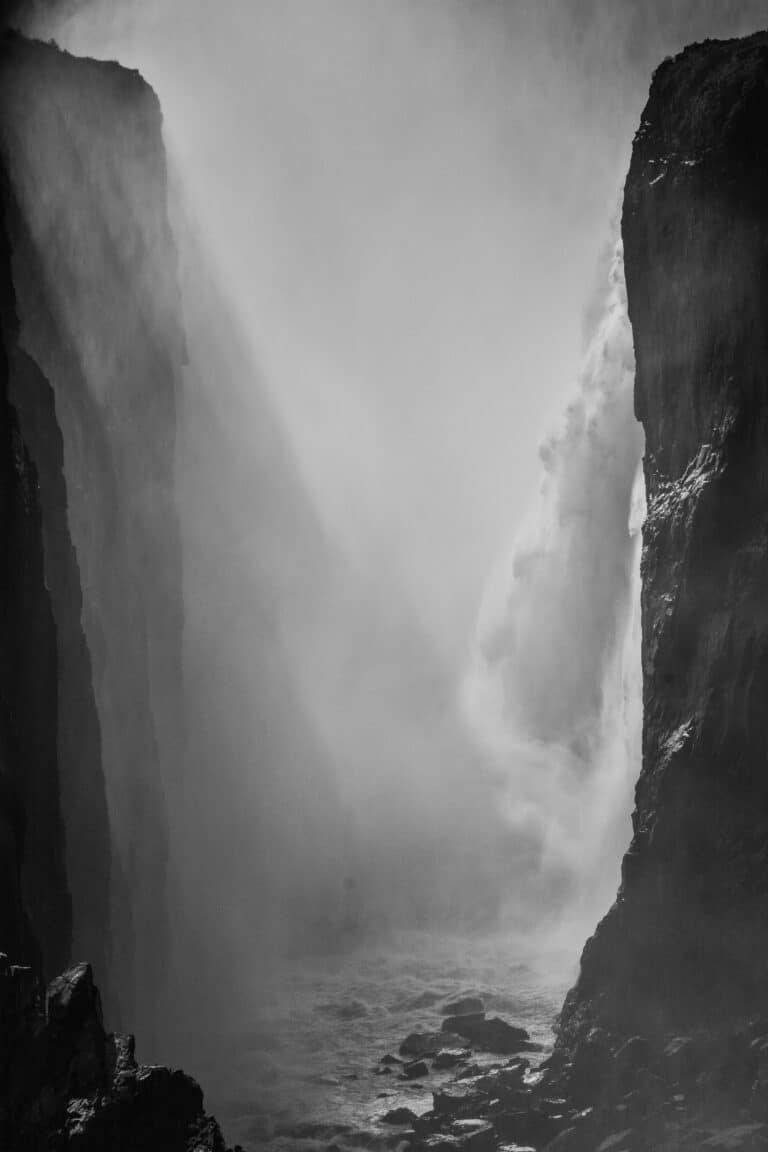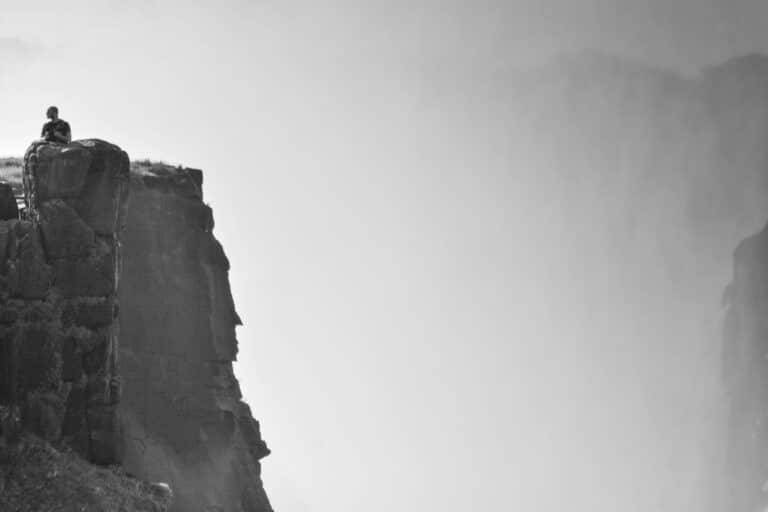Victoria Falls Luxury Safari Tours
Follow in the footsteps of Livingstone.

David Livingstone, the Scottish missionary and explorer, is the first recorded explorer to have viewed the falls on 16 November 1855. Livingstone named his sighting in honour of Queen Victoria, but the Sotho language name, Mosi-oa-Tunya—”The Smoke That Thunders”— continues today.
Lovingly called ‘VicFalls’ by the locals the falls evoke images of old-style African safaris, hats, porters, gin & tonics and black and white etchings of the natural wonders of this continent. Victoria Falls is also called ‘the warm heart of Africa’ – and when looking at a map of this continent, it does seem to be almost right in the middle. The Victoria Falls tour features history, wonder, and amazing wildlife.
We offer the world-famous Royal Livingstone Express, an evening safari through the bush, and onward to the bridge. Included is a 5-star dinner buffet, in the grand old style of Rhodes and his contemporaries.
Why Our Victoria Falls Tour
As with all natural phenomena and especially those around the equator, the seasons are a strong influence on life and nature. The rainy season occurs from late November to April whereas the rest of the year is usually dry. In those months the heat can become intense and downright brutal just before the rains start. The ‘peak’, also known as the flood season, usually starts from February to May with a peak in its volume around April. The water needs to run the full course of the river, before flooding at the lower banks and forming the Falls at the First Gorge.
During the flood season, the spray caused by the falls that are so famous can reach as high as 400 meters (1300 feet) and can be seen as far away as 48 kilometres. However, when the thundering volume of water is so much, visitors can no longer see the foot of the falls, the façade along the gorges, and sometimes there is so much water that some of the paths and the bridges are closed for safety reasons. At such a time, the curtain of water would form a permanent mist, and a full moon, visitors can experience a moon-bow.
Victoria Falls is twice as high as Niagara Falls in America. Only the Iguaza Falls in Argentina & Brazil are larger.
In sharp contrast to the power and majesty of the wet season, stands the dry season. The banks of the river go dry, animals can wade into the water to drink without fear of being swept over the edge and boat cruises have to go further upstream to be able to move. The heat gets more intense, and the tropical rain forest that grows abundantly on the gorge cliffs has retracted – the spray is no longer enough, and the plants and trees struggle on till the next wet season.
Visitors can now, at certain points, even wade through the river to Livingstone Island and swim in small pools on the edge of the highest falls in the world. While the water volume has gone down, in this season, it is possible to see the entire façade (the curtain) where the water would otherwise fall from. The full width of 1088 meters is visible, and the depth of the falls can be seen as the raging river runs below the bridge and footpaths. At this time, rafting tours are offered, and wildlife boat cruises are a must!

Victoria Falls National Park – Price Guide:
- Prices on application

